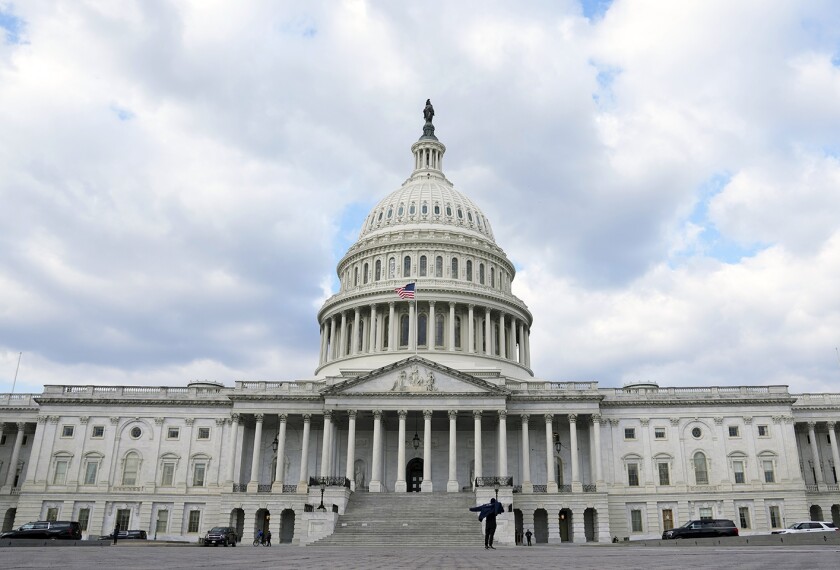With applications in for round two of the Race to the Top competition, states must now turn their attention to the challenging future they face, whether or not they win federal dollars for the reform plans they’ve outlined. Unless states choose to overhaul the antiquated cost structures and operating models that undergird most schools systems, any new investment they make will fall short of hoped-for transformation.
Few states have embraced an approach that creates sustainable systems for the information age. This focus on creating school systems, instead of collections of individually good schools, is critical if we care about educating all students and continuing to improve outcomes.
If states want to promote school systems that succeed at scale, they must get in the game of restructuring the use of existing resources for systemwide transformation—not simply adding resources on top. Even the innovative compensation structures that most states propose add performance-based incentive pay on top of the industrial-age and bank-breaking district compensation systems that prevail nationwide.
Overly prescriptive graduation requirements lock high schools into old ways of organizing time, instructional routines that don’t necessarily lead to students’ mastery of knowledge and skills.
Based on our partnership with district leaders and an analysis of district budgets across the country and over time, our nonprofit organization, Education Resource Strategies, has developed the following checklist of actions states should consider.
• Revise funding systems to promote equity and flexibility. Funding systems vary across states, but most of them do not ensure that students with the same need receive the same level of resources, no matter which district or type of school (charter or traditional) they attend. Before adding temporary dollars on top to help low-performing schools, states need to ensure that schools with needier students get the same additional resources to work with on an ongoing basis. In addition, some states have so many fragmented sources of funding that districts and schools waste dollars on loosely connected, subscale programs, and on complying with accounting rules. If states gave districts the flexibility to pool and integrate funding streams, they might find that they got immediate bang for the buck, without increasing spending at all.
• Revamp teacher compensation, including benefits and pensions, to increase rewards for teachers who have the best results and contribute the most to improving student performance. The prevailing structure of teacher-salary schedules awards the vast amount of career increase to teachers based on the number of years they have taught and the number of course credits they have earned. The public does not realize that in most districts, teacher salaries rise by 1 percent to 3 percent before cost-of-living adjustments. Benefits in some districts now total nearly 30 percent of the compensation package, far exceeding private-sector averages.
The ever-increasing growth in benefits-and-compensation spending virtually ensures that districts will have to make annual staff cuts just to pay teachers for staying on one more year. Unlike in private-sector jobs, teachers who earn more dollars are not expected to take on more responsibility or leverage their knowledge and experience in any way. Now that states are investing in ways to accurately evaluate teaching performance, they will need to free up significant dollars from these old structures, so that they can reward and retain the best and highest-contributing teachers.
• Revamp regulations that strictly define specific staff positions and the use of school time. Helping all students reach higher standards will require varying amounts of time and individual attention to respond to student needs, as well as changing the mix of time to devote more of it to certain subjects. Time-use and staffing requirements can create unintended consequences when they are played out on a school level. For example, we frequently find high schools spending as much per pupil to provide physical education courses as they do for English and math, even when these same students may participate in athletics for hours a day after school.
• Redesign graduation requirements linked to taking specific courses to put greater emphasis on demonstrating skills and knowledge. Overly prescriptive graduation requirements lock high schools into old ways of organizing time, instructional routines that don’t necessarily lead to students’ mastery of knowledge and skills. Graduation based on course credits, without options for acceleration or demonstration of mastery, means that students and teachers are guaranteed to be spending time on material and subjects they have already learned, and that the system will be incapable of improving productivity.
• Create new models of accountability and support for special education students and English-language learners that redirect resources to more-integrated early-intervention efforts. While tough times have placed huge pressure on general education programs, a host of regulations and court rulings have made spending on special education, and sometimes English-language programs, immune to cost-containment and the pressure of accountability. Often, districts must staff at required levels for these students, but not for regular education students, and they are forbidden to reduce spending from one year to the next, even if they have found a more cost-effective way to serve these students. Worse, since in most states districts and schools get more money if they classify students as requiring special education, the number of students labeled as “special education” has and likely will continue to increase. This diverts resources from the teaching of content in differentiated ways in general education settings, a practice that may serve all students more effectively.
• Design turnaround strategies that restructure existing resources and attend to the challenge of displaced teachers. Turnaround strategies that add dollars on top of existing resources guarantee failure and continued inequity. We often find that schools with similar populations of students receive dramatically different dollar and teaching resources. We also find that many lower-performing schools have not organized talent, time, and technology to match student priorities. Turnaround strategies that transfer ineffective teachers from one school to the next, without evaluation and support, simply push the problem to other schools that may be the lowest-performing in their districts.
• Invest to build and support strong school leaders, including providing more and better information tools. Despite the increased attention being given to teaching effectiveness, most educators know that strong leadership creates the conditions for that effectiveness. Most school districts don’t have the scale or the expertise to invest the significant resources required to develop leadership over a career. Most invest many times more per teacher in new teacher-induction and professional development than they do for those in leadership positions.
• Remove barriers to the creative provision of education and support services through untraditional providers. In many districts, state law and union contracts prohibit schools from contracting out services or instruction, even when the district can demonstrate lower cost and higher quality. This goes for noninstructional areas such as food services, as well as instructional areas in which districts must use certified teachers paid on the same salary schedule as regular staff members to teach subjects including physical education, art, music, and others.
• Promote the use of technology as a productivity-improvement tool in education and school-support services. Many districts and states have used federal stimulus funding to invest in much-needed technology. But unlike in most industries, such technology has not led to more-efficient deployment of human resources. In many central offices, the number of clerical and nonprofessional positions remains static or is increasing. On the instructional side, we are only beginning to see school districts use technology to leverage teaching time or staff duties by raising pupil-teacher ratios or changing the amount of time students spend directly supervised by a teacher.
• Report useful comparative data on school and district resource use that includes information on spending by student, as well as on the use and organization of resources. As states invest to improve their data on student outcomes, they must also invest to understand how schools and districts are organizing time and people to achieve these outcomes.
Only with the information that connects resource use to outcome can we truly begin to understand what levels and types of investment it will take to reach the ambitious goals of helping all students reach new and higher goals for learning.




